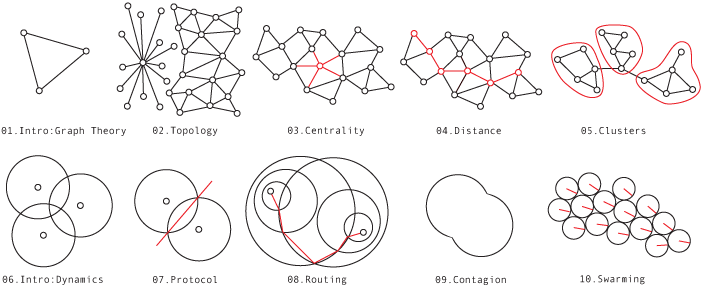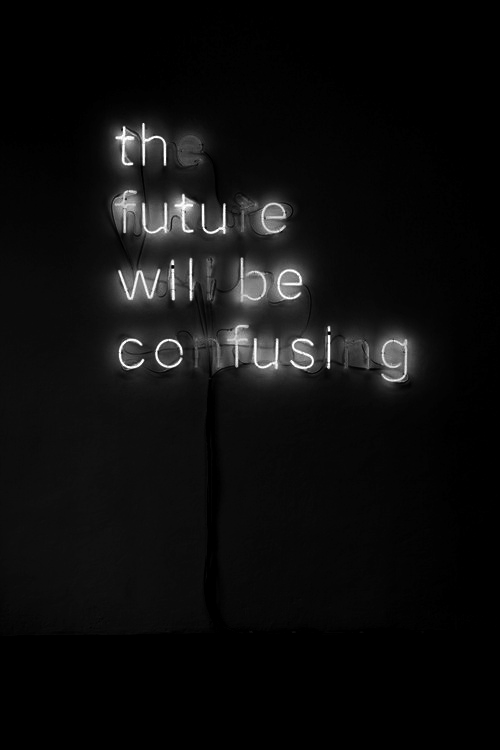“The same mathematics of networks that governs the interactions of molecules in a cell, neurons in a brain, and species in an ecosystem can be used to understand the complex interconnections between people, the emergence of group identity, and the paths along which information, norms, and behavior spread from person to person to person.”
— James Fowler answering the question “If you only had a single statement to pass on to others summarizing the most vital lesson to be drawn from your work, what would it be?” inStarting Over, SEED, Aprill 22, 2011.

Th e argument asserts that our acquaintances (weak ties) are less
likely to be socially involved with one another than are our close
friends (strong ties).Thus the set of people made u p of any individual and his or her acquaintances comprises a low-density network (one in which many of the possible relational lines are absent) whereas the set consisting of the same individual and his or her close friends will be densely knit (many of the possible lines are present).
The hidden influence of social networks: Nicholas Christakis on TED.com
Manuel Lima: The Power of Networks. Mapping an increasingly complex world | TED
The Power of Networks — Animated by RSA
And moreeee:
☞ Nicholas Christakis: How social networks predict epidemics, TED video, June 2010
☞ Minority rules: Scientists discover tipping point for the spread of ideas
☞ The ‘rich club’ that rules your brain
☞ Eshel Ben-Jacob, Learning from Bacteria about Social Networks, Google Tech Talk, Sept 30, 2011 Video
☞ Genes and social networks: new research links genes to friendship networks
☞ Manuel Castells, Network Theories of Power – video lecture, USCAnnenberg
☞ Networks tag on Lapidarium


